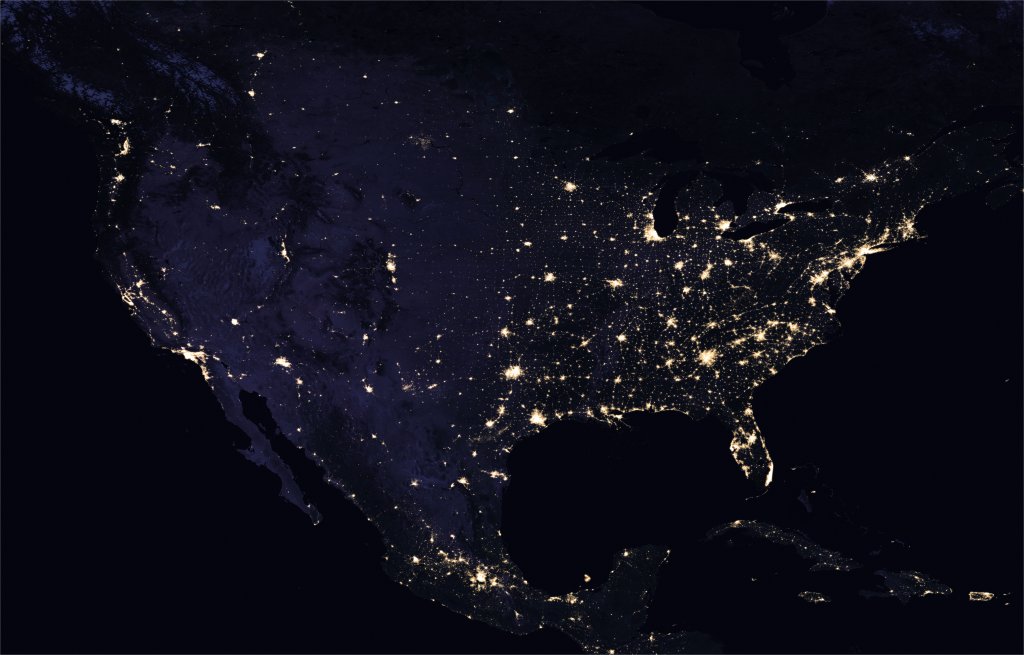For the first time in four years, NASA has released composite images of the Earth at night showing the progression and expansion of the human race across the globe. Dubbed the “Black Marble”, the images were taken in 2016 and released on Wednesday. The breathtaking images show that over the course of just four years, changes as subtle as a new highway built outside of Chicago or as grandiose as the rapid expansion of India’s northern half are visible in stark relief.
Composite images such as these are released every decade or so on average and require a substantial amount of work. Contrary to what you think you’re seeing, this isn’t a snapshot of our planet at a given moment. Instead, it’s a composite of images from across a 12 month period. Why so long, you ask? In order to obtain a picture this clear, scientists at NASA have to account for season, storms, clouds, aerosols (smoke, haze, pollution, etc), and even auroras.

And with advancements in technology continuing, NASA hopes to be able to release more images such as these more often, even possibly in real-time down the line. This has the potential to aid in short-term weather forecasting and disaster response.
Miguel Román of NASA’s Goddard Space Flight Center in Greenbelt, Maryland, says the speed with which these images can be processed and distributed can assist in numerous ways in many different fields:
“We can now monitor short-term changes caused by disturbances in power delivery, such as conflict, storms, earthquakes and brownouts,” said Román. “We can monitor cyclical changes driven by reoccurring human activities such as holiday lighting and seasonal migrations. We can also monitor gradual changes driven by urbanization, out-migration, economic changes, and electrification. The fact that we can track all these different aspects at the heart of what defines a city is simply mind-boggling.”
Whether you’re interested in the technical aspects or the operational uses of today’s release, one thing is for certain: Our planet is breathtaking in beauty, day or night.




























